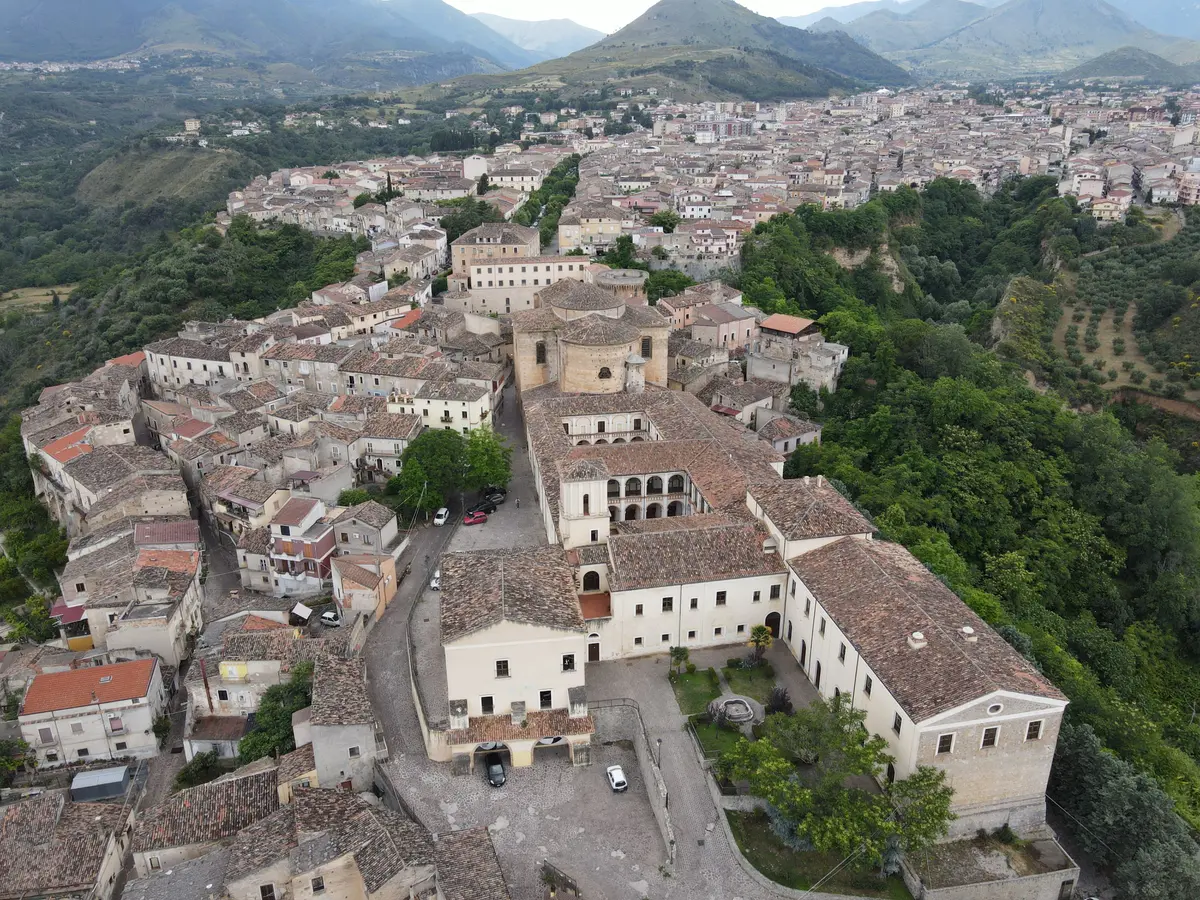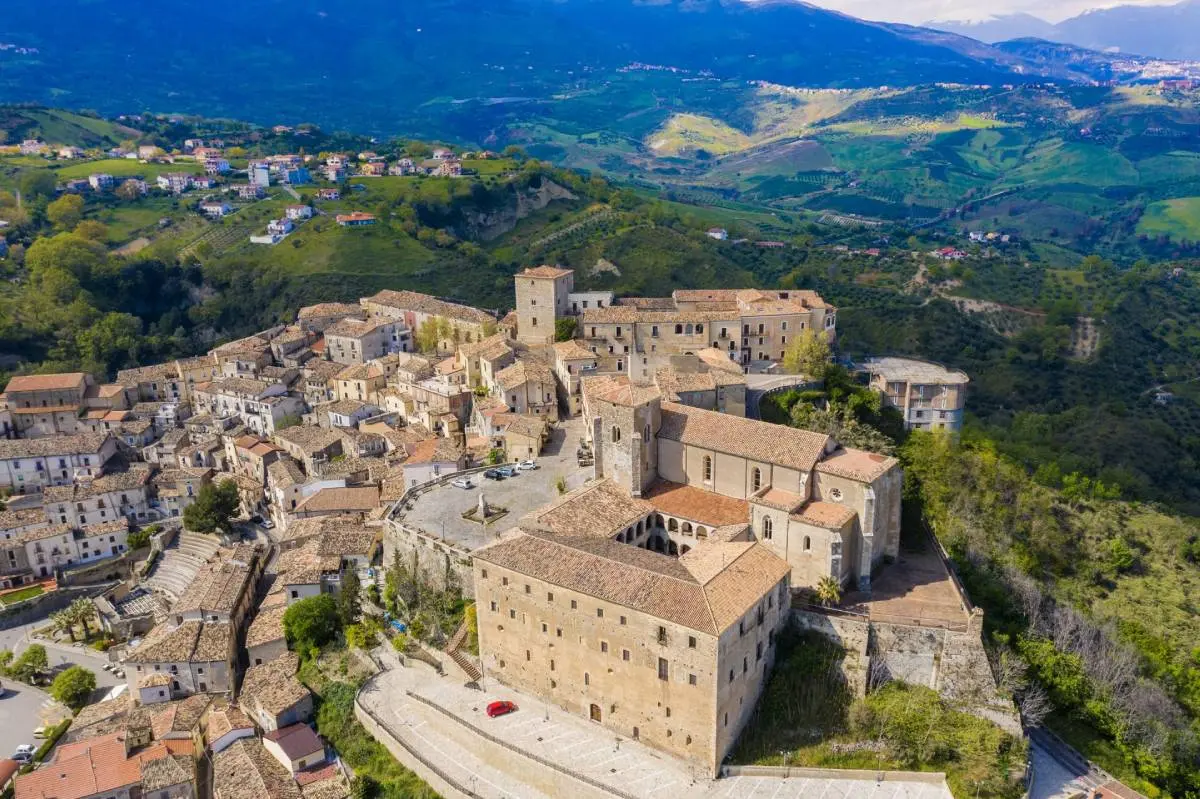Castrovillari
Pollino Capital and Carnival City

Naturalistic parks
Castrovillari - Regione Calabria
Castrovillari, at the foot of the Pollino Massif in the so-called “King's Basin”, is the largest urban centre in the Pollino National Park, a gateway for nature excursions and guided tours.
Castrovillari is the “Carnival City” that has always combined fun, folklore and popular culture like few other places in Calabria, offering events all year round.
The discovery of Castrovillari's historical centre starts from the Cìvita (the historical quarter), where the town's medieval buildings are concentrated, starting with the Aragonese Castle. Built in ancient times to defend the Coscile Valley, the castle is an imposing structure with a drawbridge and loopholes, the work of the famous military engineer Francesco di Giorgio Martini. Among the most beautiful historical buildings in Castrovillari is the Franciscan Protoconvent, founded in 1220 by Pietro Cathin and now the main multifunctional centre dedicated to culture and art (SiMuCCà - Sistema Museale Città di Castrovillari): it houses the Archaeological Museum and the Sybaris Theatre, home to the “Primavera dei Teatri”, one of the most important theatre festivals in Calabria. The walk through the centre ends with a visit to the Church of San Giuseppe (16th century), inside which a 16th century fresco of the Madonna of Constantinople and two important paintings can be admired.
When to visit Castrovillari? In every season of the year: in winter to take part in the parade of floats and masks of the historical Carnival; in spring to attend the shows of the theatre festival and taste the unmistakable Castrovillari White Onion with the De.Co. (“Municipal Denomination”) mark; in summer, for a nature excursion in the Pollino National Park to be combined with the unmissable “International Folklore Festival”.
No result








